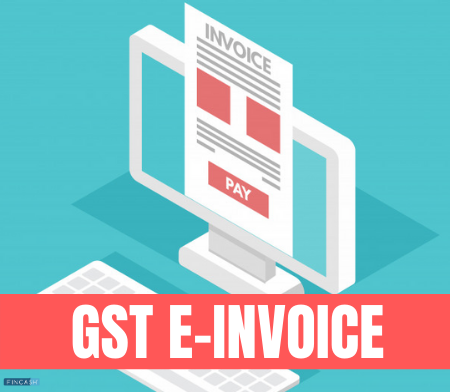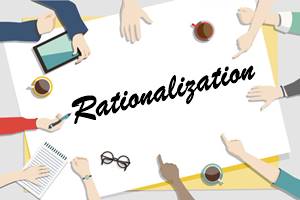Defining Electronic Retailing (E-tailing)
The sale of products and services via the internet is electronic retailing (e-tailing). E-tailing may encompass sales of products and services from enterprise-to-enterprise (B2B) and business-to-consumer (B2C).

E-tailing calls on enterprises to customize their business models to capture internet sales, which could include the development of distributors, such as warehouses. Strong distribution channels are especially crucial for electronic retailers because these are the ways the product reaches the client.
Challenges for E-tailing
When a business segment is fully running online, companies encounter and try to overcome several problems, including:
- Certain target clients lack internet access
- Complexity in the entire online business
- Hackers try obtaining information from consumers
- High rate of return due to lack of size of the product
- Diminished experience compared with shopping in brick and mortar
- The higher expense of keeping a website
- Requirement for storage
- A client service crew required for product returns and complaints
- Legal questions of e-tailing
- Lesser customer experience and loyalty offered than physical retailing
Strengths of E-tailing
The disadvantages of running an e-tailing business are instantly countered by the many advantages that can be achieved. The following are the strengths:
- Reaching a wider spectrum of consumers
- Consumers get to buy new things not available in their locality
- Entire World with easier internet access knows the usage of e-tailing services
- Overhead decreases substantially (i.e. rent, sales staff, etc.)
- Faster increasing Market, ultimately increasing the regular retail
- A wider Range of markets and diversification of markets offered
- Targeting and retaining customer intelligence tools for new clients made easily available
- Consumers are more comfortable (i.e., reduces travel time if they were to shop at a regular retailer)
- Advertising becomes more meaningful and impactful
- Easier to use
- Offers a unique system for the customers with significantly reduced costs
Talk to our investment specialist
Types of Electronic Retailing (E-tailing)
E-tailing has two main types as described below:
1. Business-to-Consumer (B2C) E-Tailing
Commercial-to-consumer retailers are the most prevalent and most familiar to most internet users in all e-commerce enterprises. This group of merchants includes companies that sell finished items or products to consumers online directly via their websites. The products may be shipped straight from the warehouse of the company. A successful B2C dealer requires good client relations as one of the principal prerequisites.
2. Business-to-Business (B2B) E-tailing
Companies that sell to other companies are involved in retail from business to business. These distributors include consultants, makers of software, freelancers, and wholesalers. Wholesalers sell their products to companies in bulk from their factories. In turn, these companies sell the products to consumers. In other words, an enterprise like B2B wholesaler could sell products to a business like B2C.
Working of Electronic Retailing (E-tailing)
There is a wide range of companies and industries involved in electronic selling. Similarities exist across most e-tailing organizations, which include a sweeping website, an online marketing plan, an efficient product or service delivery, and customer data analysis.
Successful e-tailing calls for high branding. Websites must be attractive, easy-to-navigate, and routinely updated to suit changing demands from consumers. Products and services must distinguish themselves from competitors' offers and give value to the lives of consumers. The products offered by a company must also be competitively priced to prevent consumers from favouring one company on a cost-effective Basis alone.
E-tailers need timely and effective distribution networks. Consumers cannot wait for the provision of items or services for long periods. Transparency is also vital in business practice so that consumers trust a company and remain loyal to it.
Companies can make revenue online in several ways. Naturally, sales of goods to individuals or enterprises are the first source of money. However, both B2C and B2B enterprises are able, via a subscription model such as Netflix (NFLX), to generate revenue by selling their services and charging a monthly price for media content access. Online advertising can also make revenue. For example, Facebook (FB), a company that wishes to sell to its Facebook customers, makes revenue via adverts on its website.
All efforts have been made to ensure the information provided here is accurate. However, no guarantees are made regarding correctness of data. Please verify with scheme information document before making any investment.












